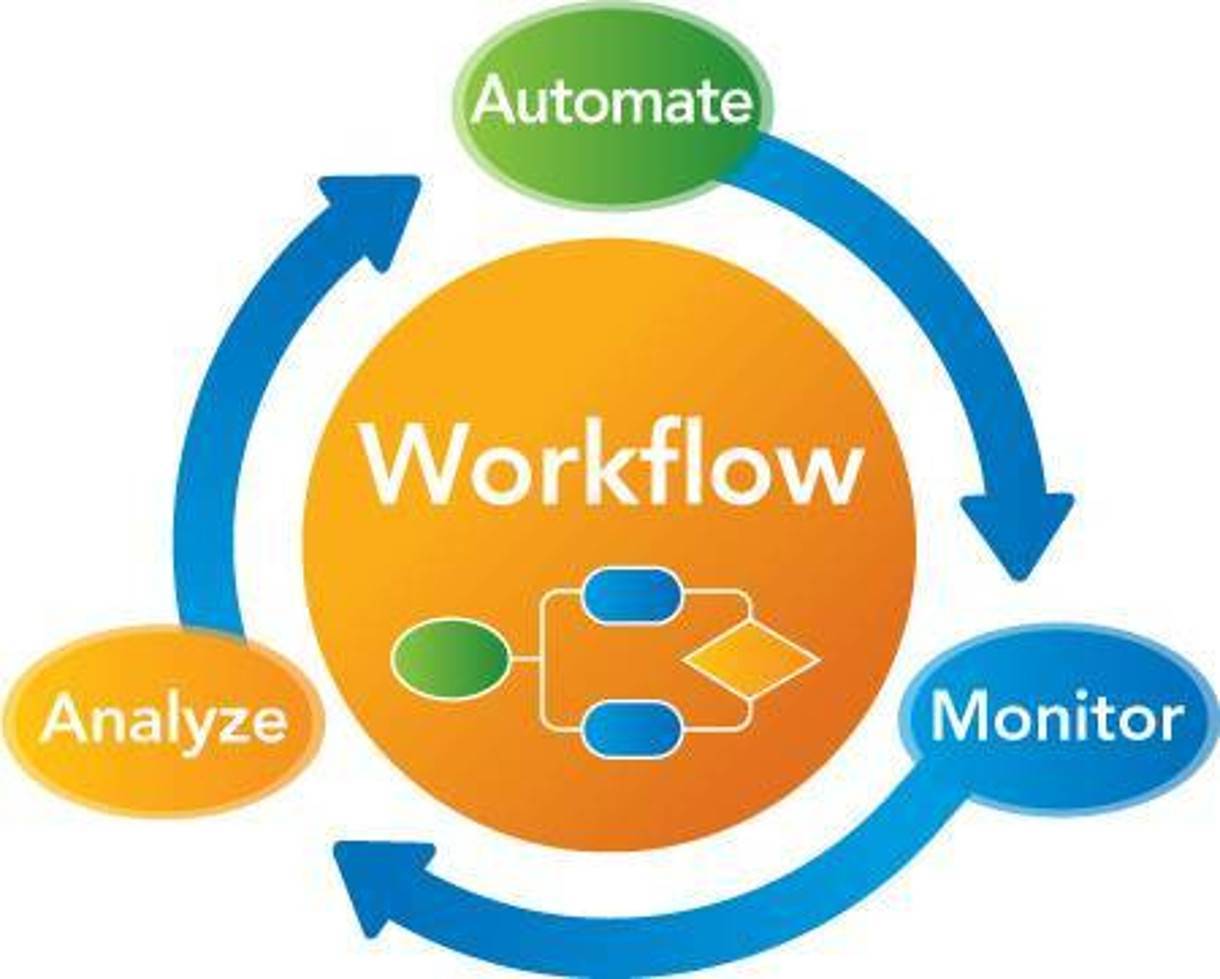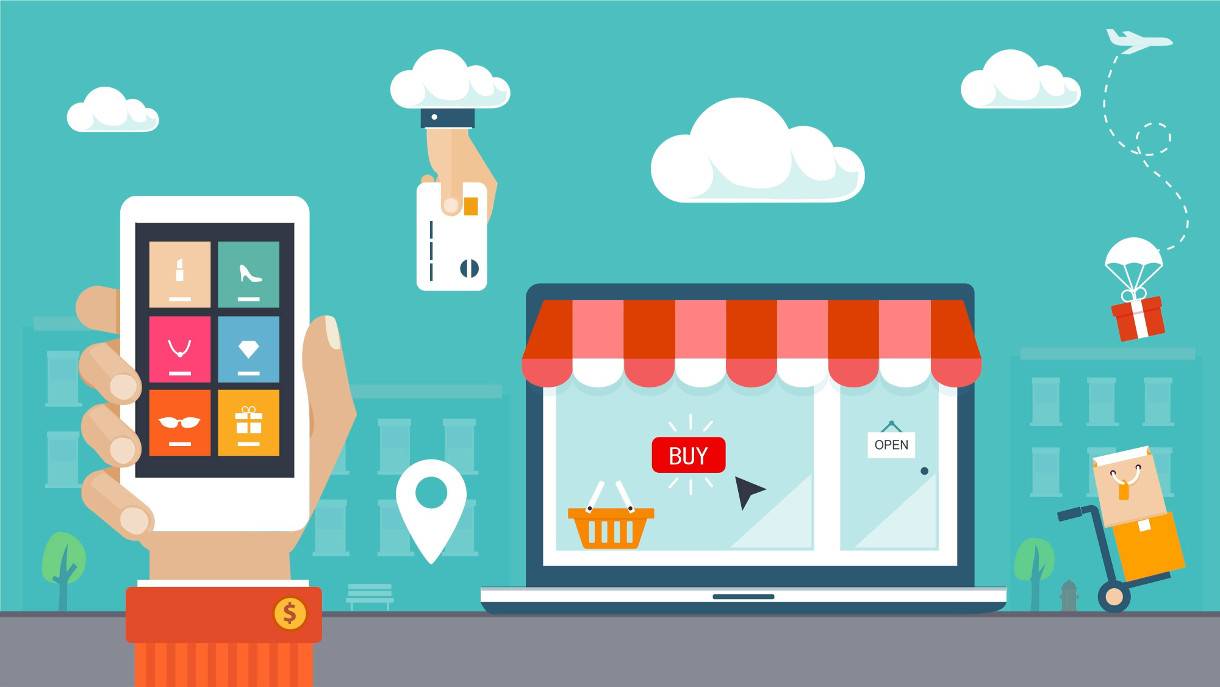

Stats for Strats: Digital Marketing Statistics for your 2016 Strategy
2016 is going to be an exciting year for digital marketing and statistics back it up.
Research is an important element of any well conceived marketing strategy; opening eyes to new marketing opportunities or informing of potential gaps in strategy. For so many, the statistics are indeed a critical part of knowing where marketing efforts should be focused, however, it is at times difficult to know what to do with them. To help with this endeavor, let's look at a few statistics, and the action steps one could take regarding each. So, follow along, let's dig in and light a fire under our digital marketing efforts in 2016.

Statistic: 80% of business decision makers prefer to get information about your company through a series of well-written articles rather than an advertisement.
Actionable item: Sway your marketing budget more towards the creation of original content that speaks to key influencers and decision makers in your targeted demographic. In fact, content marketing (inbound marketing) costs about 62% less than outbound marketing (Mashable (opens in new window)). Keep articles short, succinct, easy to digest and interesting. Quantity and quality are both considerations to your success.

Statistic: 58% of consumers think companies that create video are more trustworthy; 71% say the videos leave a positive impression about the company in general. (Content Marketing Institute (opens in new window))
Actionable item: Start creating short videos, post them to a custom YouTube channel branded to your company and embed them on your website. If you don't know what to create videos are about, start with what you would tell customers about your company if you were to meet with them in person. Maybe interview an employee, let them talk about what they do to ensure quality, or how they approach customer service.
Videos should be short (:30 seconds to :90 seconds) snapshots about your company, employees, products and services. If you have expertise to lend, definitely share that with the masses. It will establish trust and position your company as an expert. Also, be consistent with creation and distribution.
Images and infographics are great too, so certainly include them; however, if a picture is worth a thousand words, it's estimated that a video is worth 1.8 million words according to a recent survey by Forrester. (opens in new window) With YouTube being the 2nd Largest Search Engine – bigger than Bing, Yahoo, Ask & AOL combined, video is certainly an option worth exploring (Daze Info (opens in new window)).

Statistic: 50% of all mobile searches are conducted in hopes of finding local results, and 61% of those searches result in a purchase. (Search Engine Watch (opens in new window))
Actionable item: Make sure your company is optimized on Google local through Google MyBusiness. If your business provides local services, ensure your website content is optimized for local search. Use keyword phrases that include the city + state and other local identifiers. If you have multiple locations, be sure to create landing pages for each that are unique to those areas/cities/states.

Statistic: 84% of top companies are using (or plan to use) marketing automation software in 2016. (SalesForce (opens in new window))
Actionable item: If your competition is using tools and software suites that greatly increase efficiency and frequency of social/content engagement, you should too. Many of these programs are paid, however, there are many that are free. The most important part is to have a strategy. Consider what of your marketing efforts consumes the most time, and then ask if that process can be automated. The rate at which content is consumed and created is exponentially increasing. To stay competitive, automation, at least in some form, is a must for companies and agencies alike.

Statistics: 44% of online shoppers do not go directly to a store's website, instead searching organically through Google for their desired products and services (Marketing Land (opens in new window)). 81% of all online shoppers research products online before they buy (Social Times (opens in new window)). The average click-through rate/conversion for paid search in 2010 (worldwide) was 2%. (Convario, January 2011 (opens in new window)) Overall display ad click-through-rates (CTR) across all formats in 2015 was 0.06%, or less than one click per 1000 impressions (Strong Coffee (opens in new window)).
Actionable items: If you sell products and services online, search engine optimization is essential. Almost half of your potential customers will find (or not find) your products and services through a search engine. Make sure your products and services offer an abundance of explanation. If there is missing information, potential customers may leave your site to search for more pre-purchase details and ultimately find another retailer that describes it more effectively.

Statistic: 71% of internet users are more likely to purchase from a brand that they are following on a social networking site such as Twitter or Facebook (AdWeek (opens in new window)). Globally, 46% of consumers with a digital device used social media to help make purchase decisions (Nielsen (opens in new window)). 71% of internet users are more likely to purchase from a brand that they are following on a social networking site such as Twitter or Facebook (Social Media Today (opens in new window)). Pinterest grabs 41% of the eCommerce traffic compared to Facebook’s 37% (CMO Council (opens in new window)).
Actionable items: Quite simply, if your brand is not involved in some form of social media, it should be. First things first, you will want to do some research and find out where your audience lives. We are not referring to a physical address, but rather which social media networks their demographic is most likely to frequent. Remember, just because you have followers, doesn't mean you have an audience.
Facebook is great, in terms of size; it is the largest with over 1.3 billion daily users (Statista (opens in new window)). On the other hand, Twitter has a little over a quarter of a billion users, but reports state that over 85% of people feel more connected to a brand after following them on Twitter, as opposed to Facebook (Twitter Business (opens in new window)). Both are great for B2C companies, but both should be approached very differently in terms of messaging and interaction. LinkedIn is the ultimate in professional networking and as a platform to show expertise of individuals as well as products and services. Every second of every day, two new LinkedIn users sign up (LinkedIn (opens in new window)). For B2B companies, this platform is a gold mine; for B2C, it is not an optimal place to spend resources.
Also, there are lots of niche social platforms: Instagram, Vine, Google+, Snapchat, Periscope, Peach, Wanelo, YikYak, etc. The main thing that you will want to do is ask yourself a few key questions before attempting to interact:
- Where is my audience?
- Where is my audience most active?
- Where is my audience searching?
If you can't easily answer these, then don't waste time until you can get the statistics you need to justify it.

In this day and age, data is more available than ever before and yet, some companies still rely on gut feelings and sheer luck to execute a marketing strategy. There is no excuse for a failed marketing strategy; simply focus on the data.
Things are changing fast, and there is no slowing down in sight. If you are not up-to-speed on the world of digital marketing, there is still time, but the learning curve will have to be quick. We can help you develop a full-service and comprehensive digital marketing strategy designed specifically to accomplish your specific goals. Contact us, we'd be happy to discuss what will provide the greatest ROI and conversions for your products ans services.




